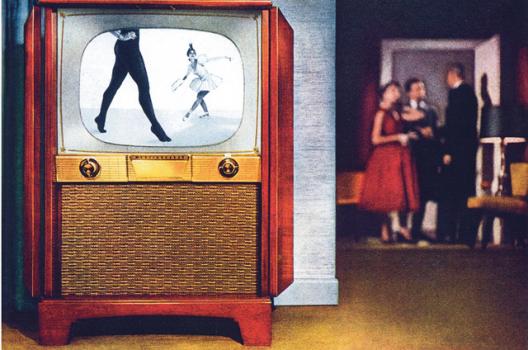New Mexico has the distinction of being the least-prepared state in the nation for the digital TV transition. Nielsen determined last week that 8.4 percent of viewers in the Albuquerque-Santa Fe market are not ready to take the digital plunge. Nationally, only 2.7 percent of households remain unprepared for June 12, the execution date for full-power analog television 20 years in the making.Why is our state so far behind? "The biggest reason, the elephant in the room, is the situation here with translators and low-power television stations," says Jeffrey Neumann, one of two DTV coordinators for New Mexico and an electrical engineer with the Federal Communications Commission (FCC). Those kinds of stations will not be required to switch over to digital. Full-power stations transmit to Albuquerque from Sandia Peak. There are a few more in Roswell and one in Farmington, N.M. Otherwise, viewers are served by low-power stations and translators. "Half of the over-air viewers in the state will see no more than one or two stations transition," Neumann says. "The rest of what they watch will remain in analog. They’re making a very rational decision not to do anything." Translators and such will probably be forced to jump to digital a couple of years down the road. "Who knows when?" he asks. "That’s the mystery of bureaucracy." Viewers who choose to wait will be forced to convert without the aid of coupons, traveling FCC reps like Neumann and in-home setup help.There are nearly 200 FCC agents around the country, with at least one in every market. Neumann’s mission has changed over the last few months. Initially, he says, it was all about awareness, assuring that people knew digital TV was fast approaching. These days, his message is focused on practical issues: Make sure you hook up your digital converter box correctly and that your antenna is plugged into it. And learn about re-scanning. "That’s a procedure, a thing that you have to do in the digital television world that you never had to do before," he says. "It’s totally new to everybody." The long and short of re-scanning is that channels will move during the transition. In the analog world, if you wanted to watch channel 4, you simply tuned your TV to that channel. But no network wanted to ditch its well-known slot during the transition. "There’s a level of prestige," Neumann says. So the FCC allowed channels to report themselves as being in a different spot than they actually are. For instance, FOX channel 2 post-transition will actually be on radio frequency channel 27. The first time you turn your converter box on, it will ask all the channels where they should be assigned on the digital dial and then place FOX in the slot for 2. It’s not yet clear whether the change will occur exactly at midnight, Neumann says. Viewers who watch the transition happen may see channels flicker out as the station’s analog signals die. They will be replaced with a panel of educational information about digital TV. "The 13 th will be a very different television landscape."
There are walk-in help centers around Albuquerque. Go to www.dtv.gov and type in your zip code to find one near you, or call (888) Call-FCC. Representatives are available for in-home visits to help you with your setup.You can also sign up at dtv2009.gov for a $40 coupon toward a converter box.







